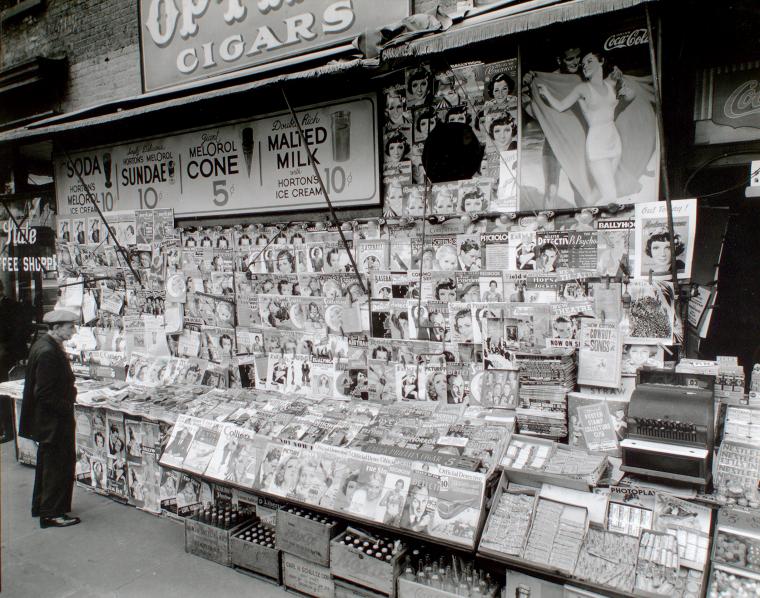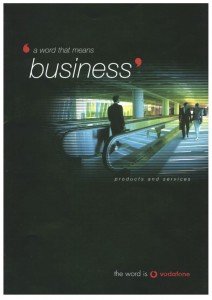The secret to writing a great press release is simple: don’t.
Don’t set out to write a press release. Instead, create an article – one that will grab the attention of the readership you’re targeting.
If a journalist or editor picks up your press release, and immediately sees something which he knows will interest his readers, then you have a hit. If not, it will be discarded.
This means you’ll need to make the mental leap – to stop thinking about what you want to say and to focus instead on what will interest and engage the reader.
Once you’ve got a killer idea, you need to make life as easy as possible for the journalists and editors by giving them all the information they need, with none of fluff and blatant self-promotion they loathe.
You should also aim to write your press release in the style of the publication you’re targeting. If your copy is good enough that they can use it as it is, then they might just do so. That means you get your words going directly into their publication. And that’s a good thing.
What to include in a Press Release
Attention grabbing headline
Include a headline, one that sums up the story as a whole. Make it no more than five or six words if possible.
A first paragraph that sums it all up
Tell the whole story in the first paragraph. Of course, you can’t include everything. But give the major overview. If this was the only sentence you could include – what would it say?
Tell the story
Get as much narrative and story-telling elements into your press release as possible.
Back it up
Use facts and figures to back up your headline and first paragraph. Provide all the relevant facts.
Include quotes
Quote at least one person, preferably more. Make the quotes read like something someone would actually say. Make them conversational. Provide the name of the speaker, their job title, and any other relevant information. (You may even need to include their age – newspapers are obsessed with people’s ages – and even their marital status: is she a Miss, a Mrs or a Ms?)
Provide contact details
If the journalist wants extra information or additional quotes, they will need to able to get hold of someone, often in a hurry. They don’t want to hang around for days. They want to get if off their desk, one way or another. That means turning it into copy or putting it in the bin. So make sure they can get to speak to someone if and when they need to.
Notes to Editors
This is a place you can dump the more boring or background information, so that it won’t detract from the impact of the story.
Think of the reader, not yourself, and not the reporter
Most importantly of all, remember to include the information that will engage and interest the reader. Get to the heart of the story, the thing that will grab the attention of your target audience. That is the sure fire way to grab the attention of an editor or journalist.











